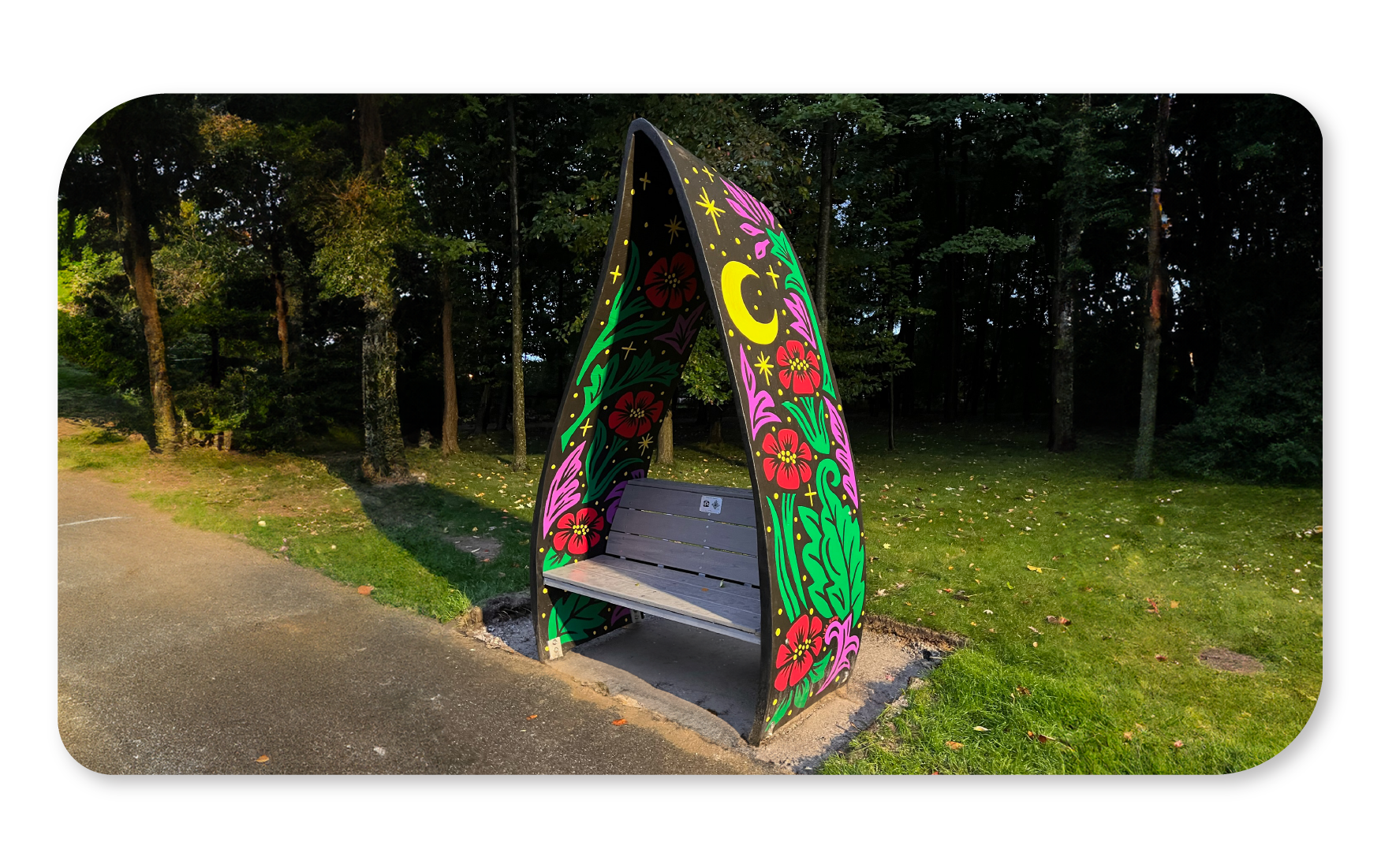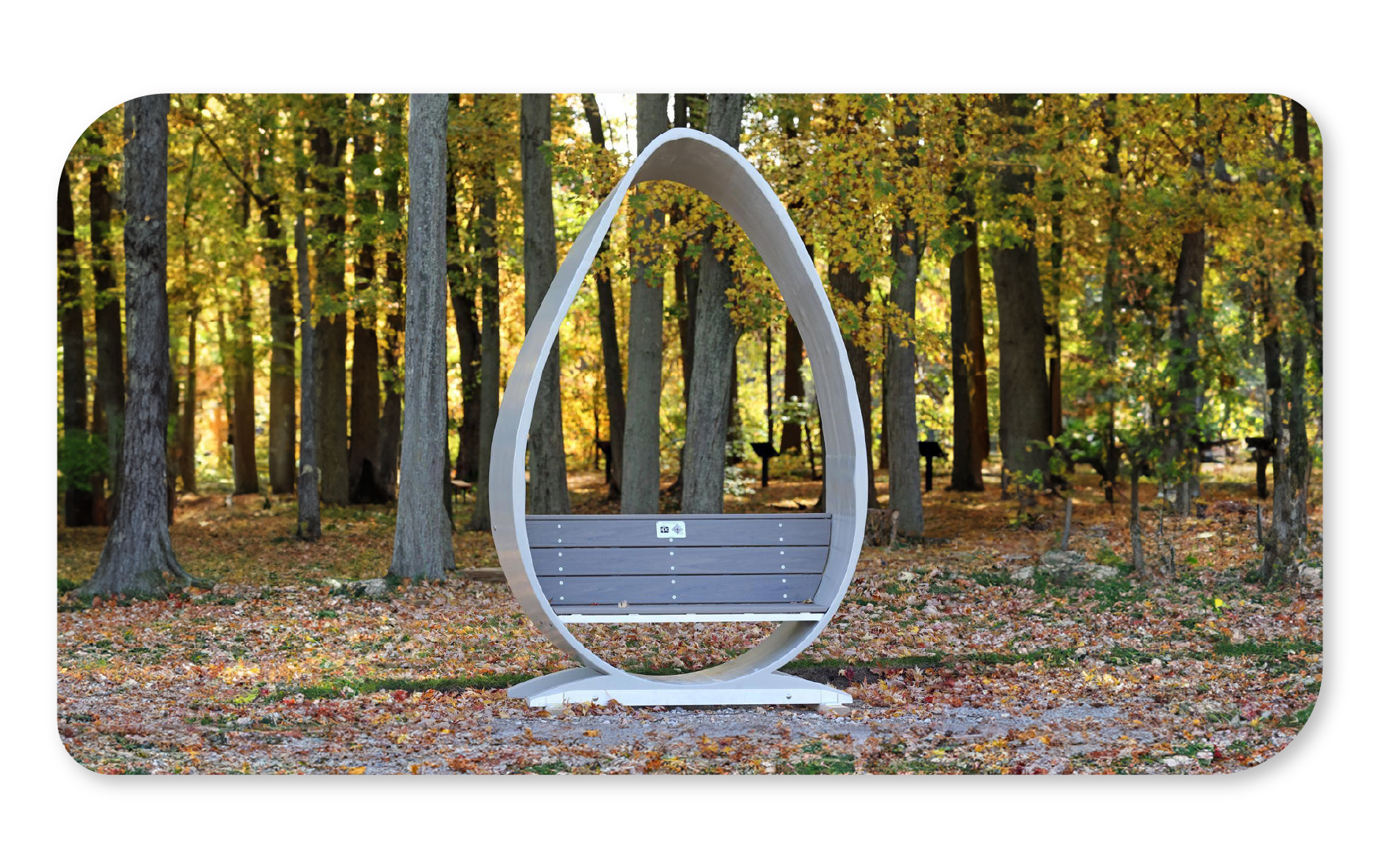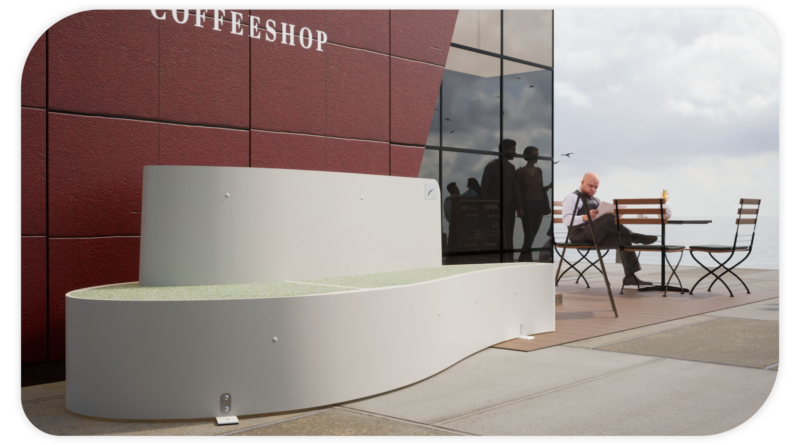Canvus Upcycles Wind Turbine Blades Into Beautiful Functional Furniture

Sign up for daily news updates from CleanTechnica on email. Or follow us on Google News!
Wind energy is a proven solution for low-carbon renewable energy, and one which has a great EROI (energy return on investment), so we’re likely to see more and more wind turbines and wind farms sprouting up all over as the world attempts to transition to a more sustainable future. But like literally every form of technology, there is an environmental cost, not just in the manufacture and installation of wind turbines, but also at the end of their useful life, because wind turbine blades, like most everything, do not last forever. And because the predominant material used to make these blades is fiberglass, which isn’t easily recycled, especially when it’s combined with plastics as it is in wind turbine blades, the question of what to do with some of the thousands of retired blades each year is an ongoing issue.
There has been some progress in this area, such as Vestas’ newly discovered chemical process for disassembling the epoxy resin components of old wind turbine blades into raw materials for use as feedstock for new blades, or using the shredded blades to help heat cement kilns (and then blend into cement mix), or turning them into pellets for use in other manufacturing processes, but in some places, they just pile up. One alternative that has been proposed is building compostable blades from bamboo and mycelium, but that isn’t likely to see widespread adoption anytime soon.
Luckily, upcycling retired wind turbine blades is a viable way to deal with them, and although doing so at scale is probably an issue in itself, there are companies that are starting to make headway, such as Canvus.
Canvus is an Ohio startup that takes turbine blades that have reached their end of life and uses them as the main material for crafting “distinctive functional products,” including benches, shelters, picnic tables, and more.
In addition to the blades themselves, which are cut to shape for each product, the company also integrates other upcycled and recycled materials into its designs. Composite “lumber” made from recycled plastics are used to form planks and boards or deck materials that mimic wood and can withstand being out in the elements for a long time. Recycled rubber from used tires and shoes is used to cushion seating surfaces, and recycled mixed plastics “including up to 30% rice hulls or post-consumer carpet diverted from landfills,” are used as a high density alternative to wood, plastic, and aluminum for boards.

Canvus also provides field cutting of the blades as they are decommissioned, as well as handling the logistics of shipping the blades from the wind farms to its manufacturing facility (US only), and shreds any non-conforming blades and unused pieces into a material that can be used as an aggregate in cement products or burned as a heat source for cement kilns. Find out how to get some of these unique upcycled products in your community, discover the feedback from communities that have received Canvus products, or learn about the blade processing program at the company website.


Chip in a few dollars a month to help support independent cleantech coverage that helps to accelerate the cleantech revolution!
Have a tip for CleanTechnica? Want to advertise? Want to suggest a guest for our CleanTech Talk podcast? Contact us here.
Sign up for our daily newsletter for 15 new cleantech stories a day. Or sign up for our weekly one if daily is too frequent.
CleanTechnica uses affiliate links. See our policy here.
CleanTechnica's Comment Policy

